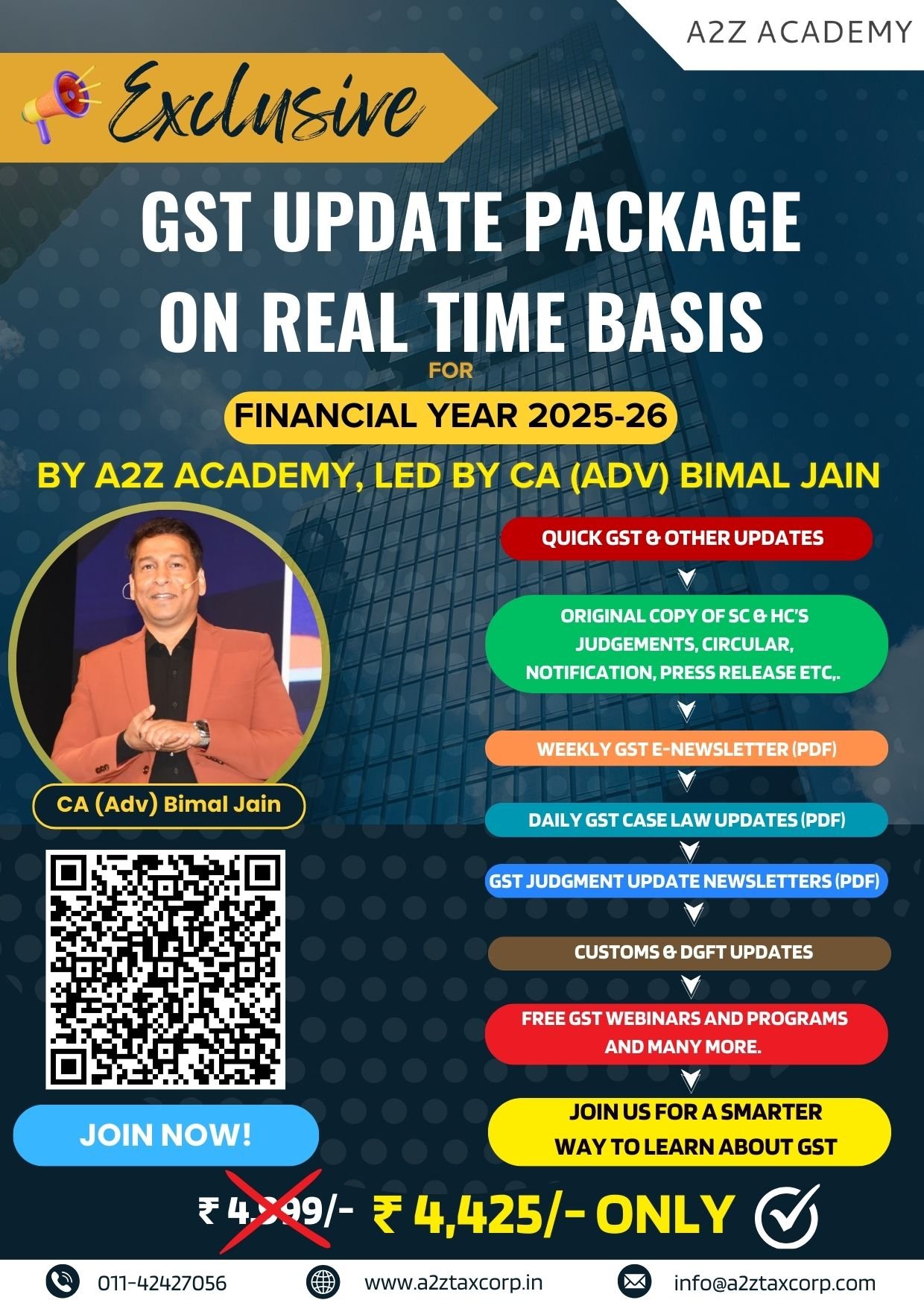
Confederation of Indian Industry (CII) President has called for the next phase of GST reform, including rate rationalisation, easier compliance, and a single audit framework, as the landmark indirect tax regime completes eight years.
Speaking to CNBC-TV18’s, he lauded the government’s implementation of GST. “The government has really done an outstanding job of implementing it. The way they put technology in it, infused technology in it, and the adoption… the benefit that it has provided to the economy in the way of how formalisation of the economy has happened, apart from obviously the overall tax revenue collection, I think has been really excellent,” he said.
However, he outlined CII’s roadmap for what he termed GST 2.0, which includes four key areas of reform.
“The first is obviously rate rationalisation… try and see if we can have a lesser number of rates, especially the lower income products that go into lower income—their rates are in the 5–6% kind of range—and the products, which we define as sin products, luxury products and others, are 28%, and then have the rate in between where we can get a lot of products,” he explained.
He cited cement as one example of a mass consumption good currently taxed at 28%. “We just need to rationalise,” he said. Also acknowledged that revenue considerations must be factored in, but insisted that “the demand side gain, the manufacturing gain will make up a lot of the revenue impact.”
The second recommendation relates to input tax credit accumulation. “There are lots of points of accumulation. Again, they are adding to the cost structure… they are not encouraging capital outflow,” he said. He urged a review of the revenue neutral rate to ensure that CapEx-heavy industries are not penalised.
Third, he pointed to the burdensome audit regime under GST. “I am operating in eight states, I get eight audits done. Then there are investigations. Orders are issued with impunity,” he said, proposing a unified audit model: “Maybe you can do the audit once, and one state can be the lead state that does it… and those are followed up by all the states.”
CII also suggested establishing a national appellate tribunal to resolve divergent rulings by different state courts.
The fourth pillar of CII’s GST 2.0 push is procedural simplification, especially for MSMEs. “They are facing the burden of the level of compliance that is required by GST… You will always have some violators of traffic, but you don’t completely slow down the traffic for that,” he said.
While he admitted these changes are not easy to implement in a federal structure, he expressed confidence in the government’s willingness to act. “I feel confident that there will be a GST 2.0… and how it’s incumbent on industry and chambers of commerce like CII that we also engage with the states.”
He emphasised that “competitiveness” must be the guiding principle behind reforms. “These are not something that we have started this year in CII, this is a continuous journey,” he said.



